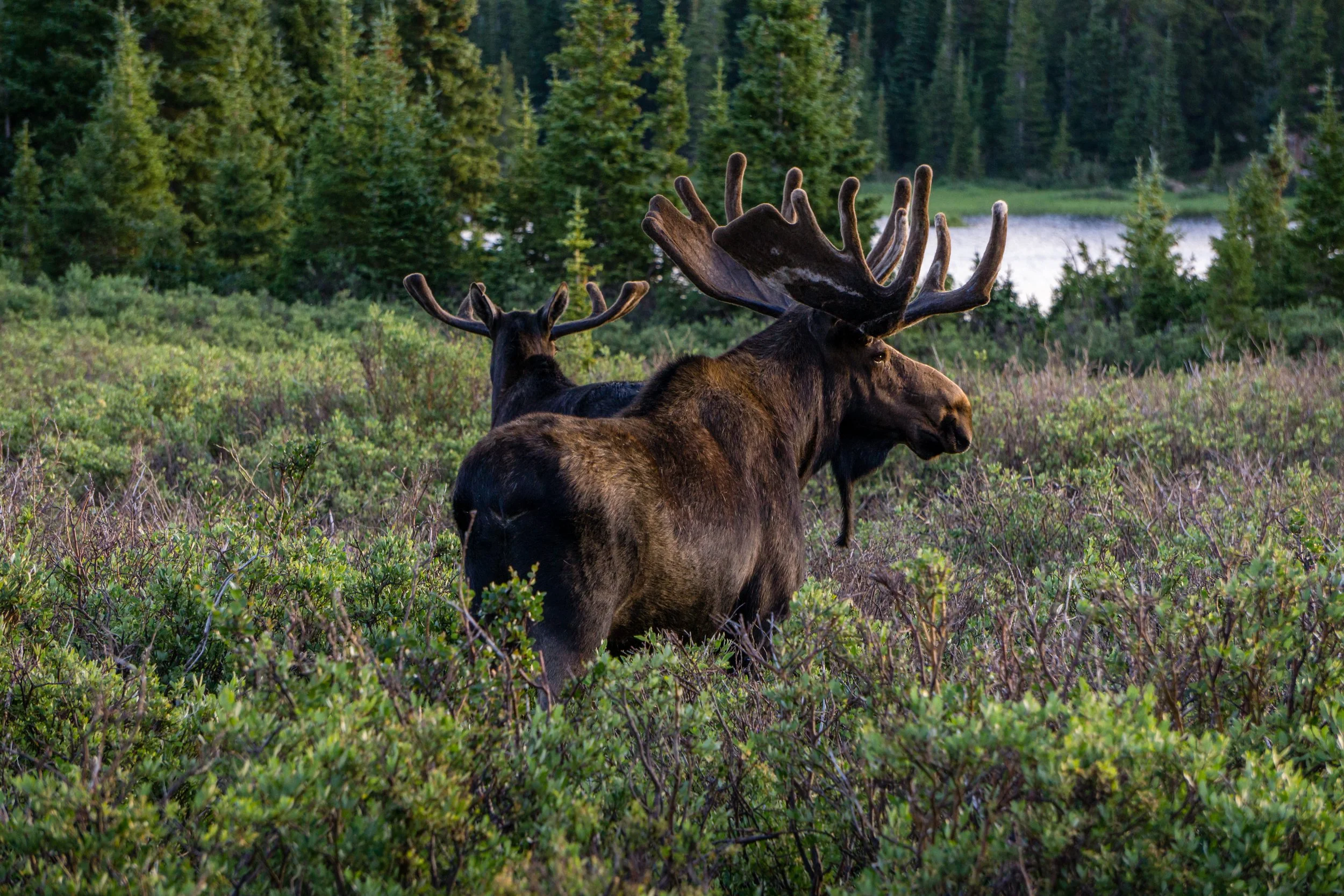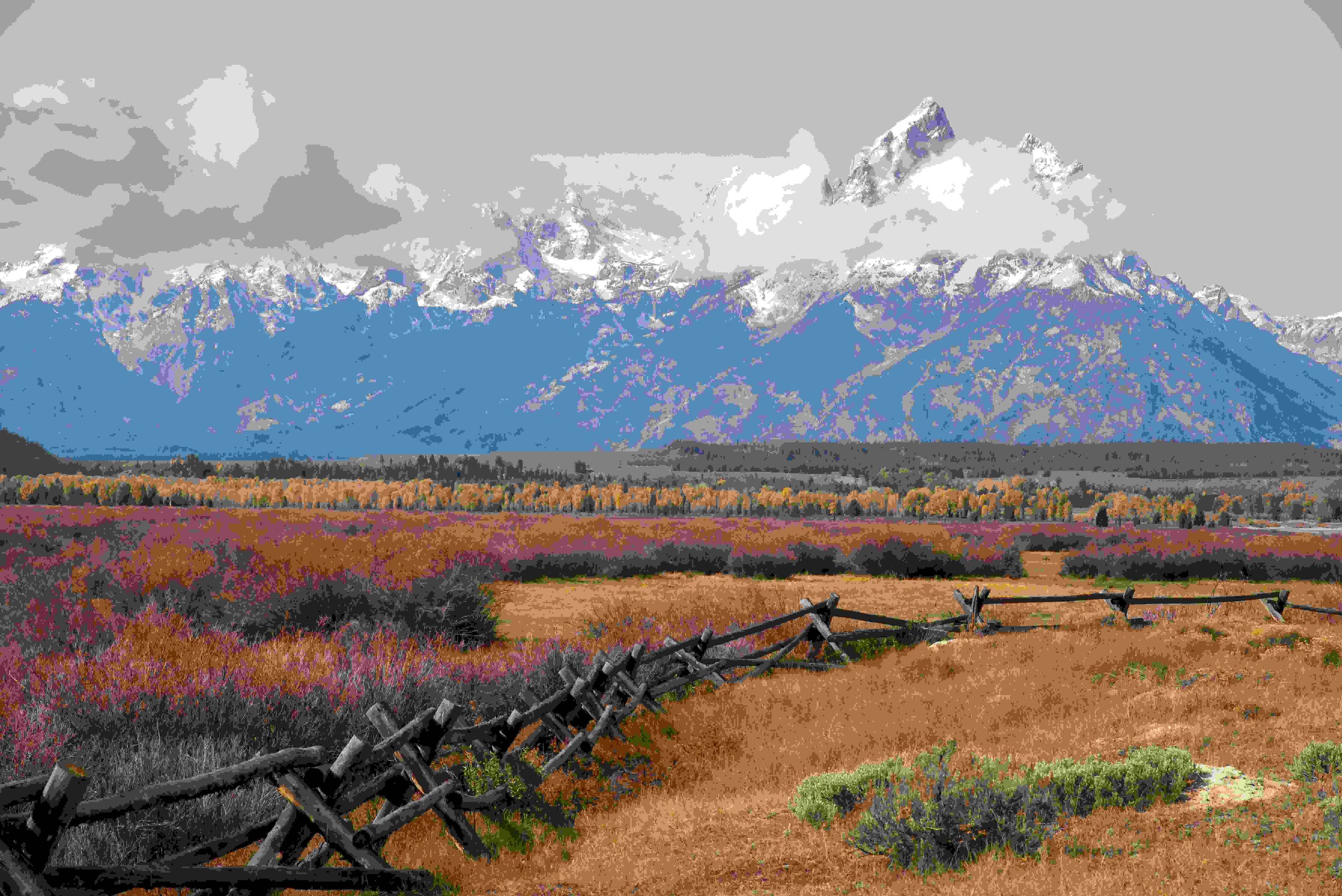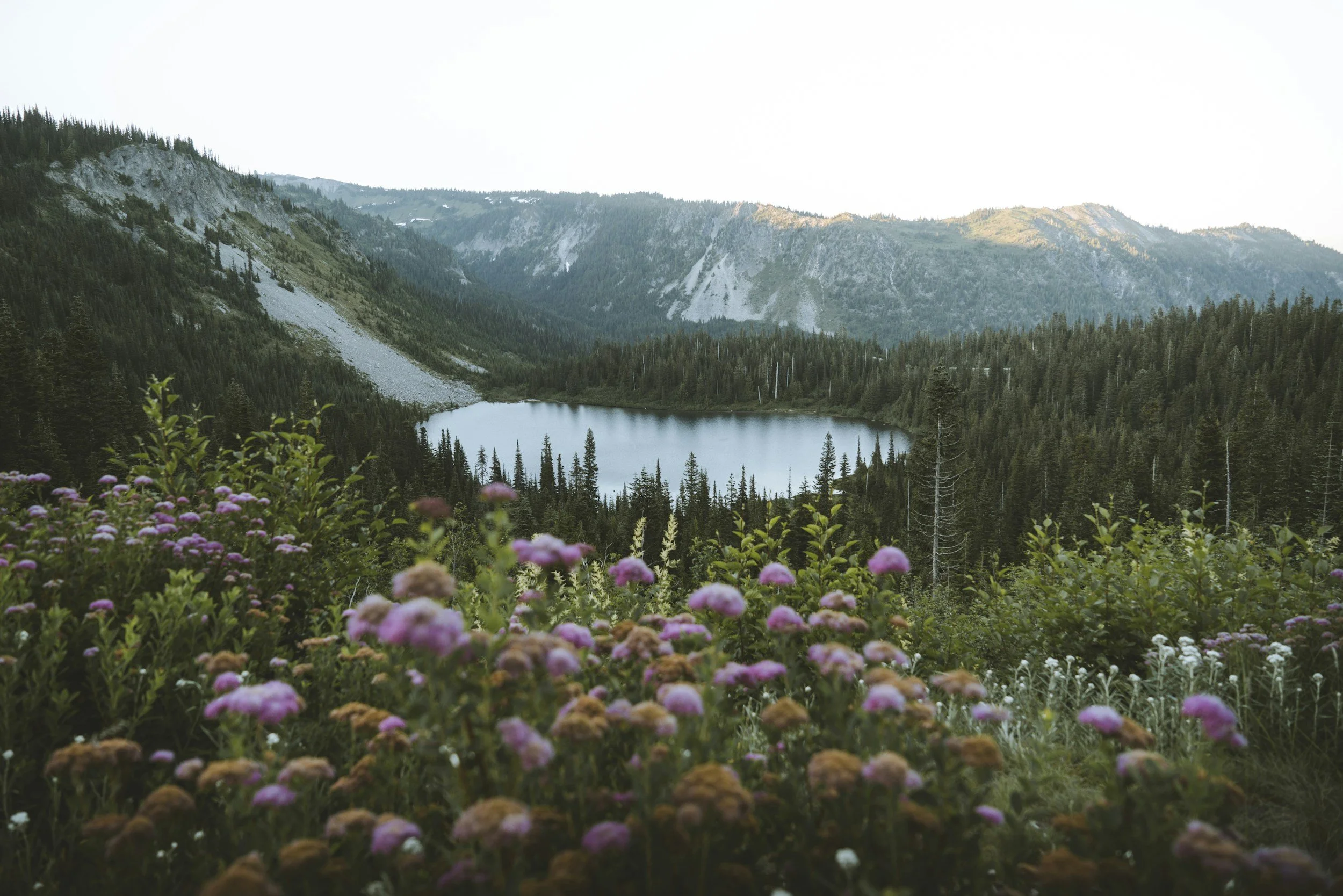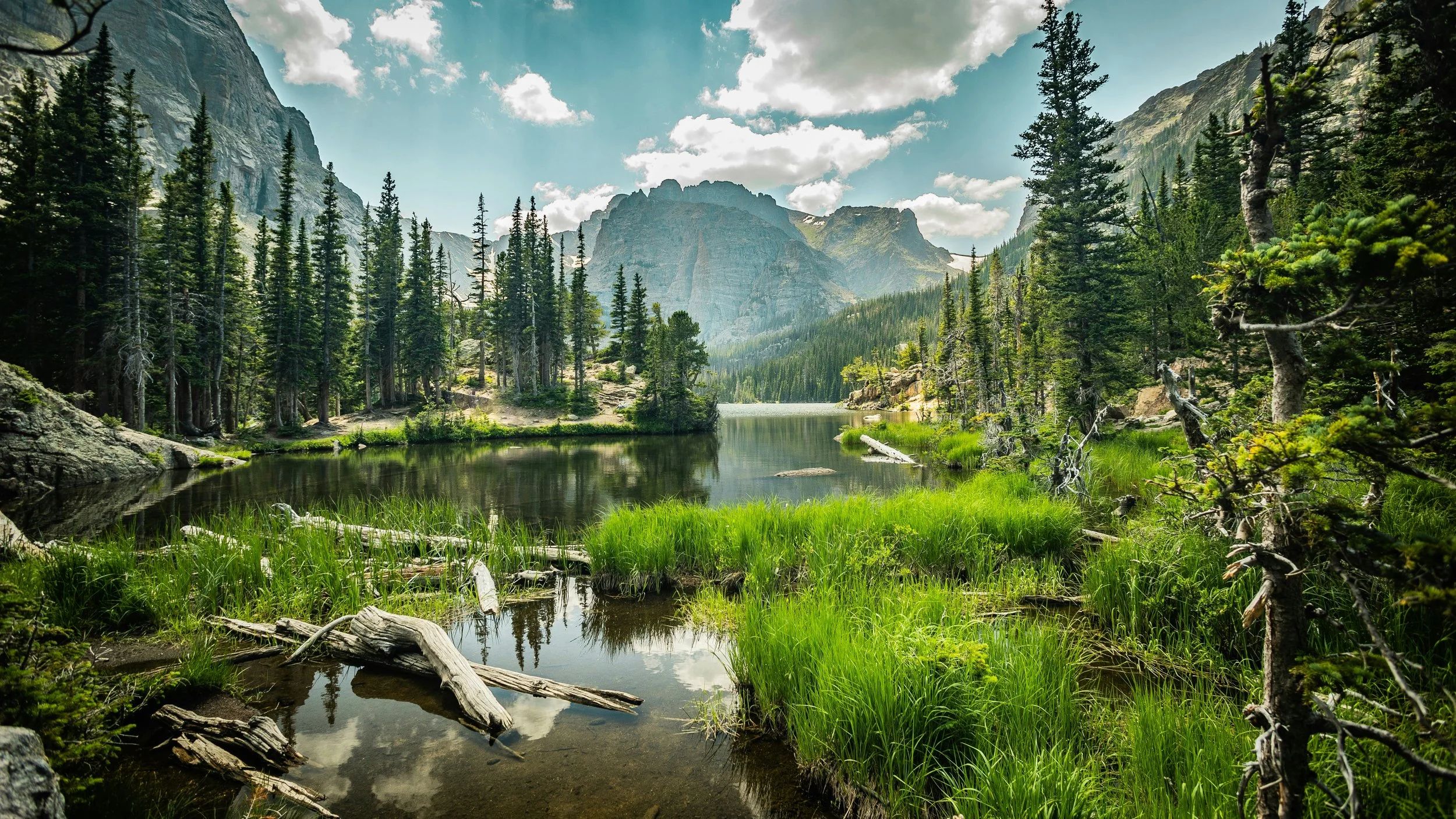Legal Restrictions: Can You Scatter Ashes in National Monuments or Historic Sites?
In general, scattering ashes in national monuments or historic sites is not automatically allowed. These areas are regulated by the National Park Service (NPS) and other federal agencies, and there are strict guidelines in place to protect the environment and preserve the sites’ historical integrity.
Here are a few key points to consider:
1. Permits Are Required
Most national parks, historic sites, and monuments require a permit to scatter ashes. You can typically obtain a permit from the National Park Service or the specific agency responsible for the site. The application process involves submitting details about the proposed ceremony, the location of the scattering, and how you plan to handle the ashes.
Each park or monument has its own specific guidelines, and it's important to reach out to the relevant authorities to ensure you are following the proper procedure.
2. Designated Areas
Even if a location permits ash scattering, it’s unlikely that all areas of a national monument or historic site will be open for this purpose. Many parks have designated areas for scattering ashes, often far from high-traffic tourist zones. These areas are chosen to help preserve the natural or historical environment and to maintain the site's aesthetic value.
3. Restrictions on Certain Areas
Some national monuments and historic sites may not allow scattering ashes at all, especially if the area is environmentally sensitive, protected, or culturally significant. For example, sites with historical significance related to military events or sacred Native American lands may have stricter rules around handling human remains. Additionally, places with fragile ecosystems, such as wetlands or specific protected wildlife habitats, may restrict scattering due to environmental concerns.
4. Environmental Impact
National Parks and historic sites often emphasize protecting the environment, which can influence whether or not scattering ashes is allowed. Ashes are generally considered biodegradable, but they can still affect local flora and fauna if not properly handled. Some areas may restrict scattering ashes near water sources, in delicate ecosystems, or on certain types of soil.
How to Navigate the Process for Ash Scattering in National Monuments
If you're interested in scattering your loved one's ashes in a national monument or historic site, here are the key steps to take:
1. Contact the Relevant Authorities
Start by contacting the National Park Service or the relevant local or state agency responsible for the monument or site. You can usually find contact information for these agencies online. Inquire about their specific policies regarding ash scattering and ask about the process for obtaining a permit.
2. Apply for a Permit
Once you’ve gathered the necessary information, you’ll likely need to submit a formal request or application for a permit. Be prepared to provide the following:
Details of the ceremony: Date, time, and location of the scattering.
Information about the deceased: This could include proof of cremation, a death certificate, and details of the ashes.
Environmental impact statement: Some sites may require you to demonstrate that your plan won’t cause harm to the environment or wildlife.
Each park or monument has its own permit fees, application processes, and guidelines for what is allowed during the ceremony.
3. Respect the Rules and Regulations
Once you’ve received permission and scheduled your ceremony, be sure to follow all the rules. Stick to designated areas for scattering, and avoid leaving any trace of the ceremony behind. Many parks will require that you remove any containers used during the scattering, and you may need to avoid using any non-biodegradable items, such as plastic urns or flowers that can harm the environment.
Honor and Respect for the Past and Future
While scattering ashes in a national monument or historic site can be a deeply meaningful way to honor a loved one, it’s important to ensure that the process is respectful of the environment, the site's history, and the legal regulations that protect these areas. With proper planning, permits, and guidance, families can carry out a serene and respectful ceremony in some of the most breathtaking and historically significant places in the country.
Scattering ashes is more than a ritual — it’s a way to honor a life, express love, and create a final connection.
Learn why families choose to combine ashes, along with some guided insights on this meaningful gesture.
Discover Yellowstone’s most beautiful ash scattering locations from Old Faithful to Lamar Valley and Artist’s Point. BONAVENTURE handles permits, coordination, and photography with care.
Discover why scattering ashes in a U.S. National Park offers unmatched beauty, peace, and meaning. BONAVENTURE provides eco-conscious ceremonies in America’s most breathtaking wild places.
We provide beautiful, eco-friendly farewells in the most extraordinary places on earth, where each ceremony becomes its own living poem.
Ash Scattering in America’s most spectacular National Parks. Honor your loved one with a forever resting place as special as their life.
BONAVENTURE is honoring Ash Amnesty month— the month dedicated to ash scattering for cremains cherished by families across the country.
Destination ash scattering allows families to honor a loved one in landscapes that speak to the heart.
From the geothermal wonders of Yellowstone National Park to the turquoise waters of Hawaii, BONAVENTURE helps families find beauty and peace in nature’s most extraordinary sanctuaries.
Ash Scattering is the Most Beautiful Ending: Imagine standing at the edge of Yellowstone’s sweeping valleys, where geysers breathe steam into the sky, or watching ashes drift into the starlit glow of bioluminescent waters in Puget Sound. These aren’t ordinary ceremonies. They are moments of awe, rooted in wild landscapes, where goodbye feels less like an ending and more like a return to something eternal.
Looking for a spectacular spot to scatter ashes? Grieving is so personal, and we want families to have a chance to maximize the beauty of the location they scatter without sweating where.
Check out this guide for lesser known but stunning places to honor your loved one in the National Parks.
Wondering how to scatter ashes in a National Park? Selecting the right spot for scattering ashes is crucial for creating a meaningful ceremony.
Can you scatter ashes in the National Parks? Learn to be legal and honor your loved one with the most spectacular good bye.
Returning to the site of scattering can be profoundly healing. Each visit offers a chance to reflect, reconnect, and remember — in the same landscapes where your loved one’s story continues to echo.
This guide will help you understand how destination scattering works within National Parks, how to choose the right location, and what to expect if you plan to return in the future.
Here are our tips on scattering ashes using the best method: from scattering to casting, we break it down.
The best ash scattering method by location: From Yellowstone to Hawaii, choose the right ash scattering method for your loved one.
Ash Scattering in National Parks in 2025: Tips on places to scatter to honor your loved ones ashes among beautiful wildlife scenes.
There’s no one “best” option for every family—only what feels right for your values, traditions, and sense of legacy. For some, the permanence of a cemetery offers peace; for others, scattering ashes or returning to soil reflects a life lived in harmony with the natural world.
What matters most is that the choice feels healing for you and honoring for your loved one.
Learn when & where to scatter ashes in wildflower meadows across the American West. Tips, blooms, and National Park guidance included.
Send your loved one’s ashes into the world with unforgettable light-filled ceremonies—floating lanterns in Hawaii, fireworks over Italy, shimmering bioluminescent waters in Puget Sound, full moon farewells in Thailand, and the Northern Lights on Isle Royale. Celebrate life, memory, and love in a breathtaking, magical farewell.
Joint ash scattering — where the cremated remains of both partners are released in the same ceremony or location — has become a powerful, symbolic act for those who wish to remain side by side in the earth’s embrace.
Symbols of transformation: A guide to Ash Scattering during the magnificent Monarch butterfly migration.
Check out this guide for tips on a truly unique and special celebration of life tribute.
Read through our roundup of the best guides for ash scattering: from what to say to how to scatter in National Parks.
We’re deep diving into ash scattering traditions from around the world, including tips for scattering in those countries, their laws, and the most beautiful places to scatter.
As American families seek more eco-friendly, meaningful, and affordable ways to say goodbye, these European traditions offer a clear blueprint for what’s next in the evolving landscape of U.S. funerals and ash scattering.
We’ve crafted a guide to help families think through the best ways to honor their loved ones with ash scattering in a National Park.






























Learn more about our ash scattering service, from locations we love to couples’ scattering options.